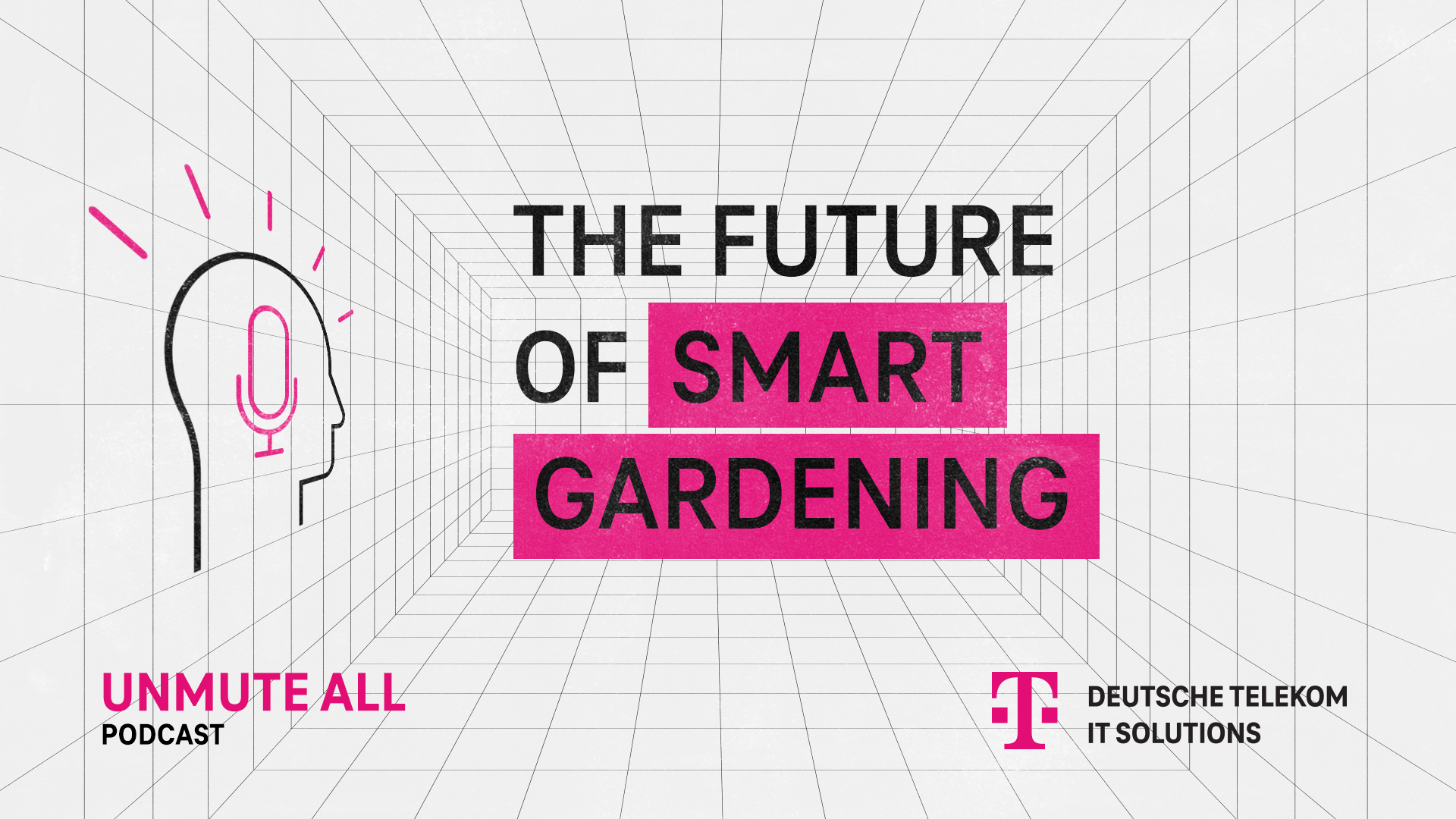What is building a plant recognition app good for?

The intersection of technology and nature opens up exciting possibilities, exemplified by Ferenc Kukucska and his team’s plant recognition app for the Cloud Hub Use Case Contest. Their project showcases how Big Data and AI can revolutionize plant care, offering transformative benefits for gardeners, farmers, and nature enthusiasts alike. But let’s see 5 more benefits of this pet-project of ours:
1. Enhanced plant identification and disease detection:
Developing a plant recognition and disease detection application offers the significant benefit of empowering users, whether gardeners or farmers, to identify plants and diagnose diseases accurately. By simply photographing a plant, users can access information on the species and its health status. This capability can greatly aid in maintaining plant health and optimizing crop yields.
2. Accessibility and convenience:
The application is designed to be both a web-based and mobile tool, making it accessible to a wide audience. Users can utilize the app in various settings, from their home gardens to the wilderness. The convenience of having a portable, easy-to-use tool that can be accessed from anywhere is a major advantage, especially for those involved in agriculture or plant care.
3. Innovative use of AI and machine learning:
The application incorporates advanced AI and machine learning technologies, which allow it to continuously improve its accuracy and effectiveness. This innovation not only enhances the user experience but also showcases the potential of AI in practical, everyday applications. It represents a forward-thinking approach to combining technology with nature conservation.
4. Educational and environmental impact:
The development of such an application also has educational benefits, raising awareness about plant species and the importance of maintaining plant health. It supports sustainable practices by helping users recognize and treat plant diseases early, potentially reducing the need for chemical interventions and promoting more environmentally friendly gardening and farming practices.
5. Scalability and future potential:
The application’s potential for growth is substantial, with plans to expand its database and functionalities. This includes adding more plant species and diseases, as well as providing treatment recommendations. The scalability of the project ensures that it can evolve alongside advancements in AI and user needs, making it a valuable tool for the future.
Listen to the episode here (Hungarian): https://www.deutschetelekomitsolutions.hu/podcasts/mire-jo-novenyfelismero-alkalmazast-fejleszteni/